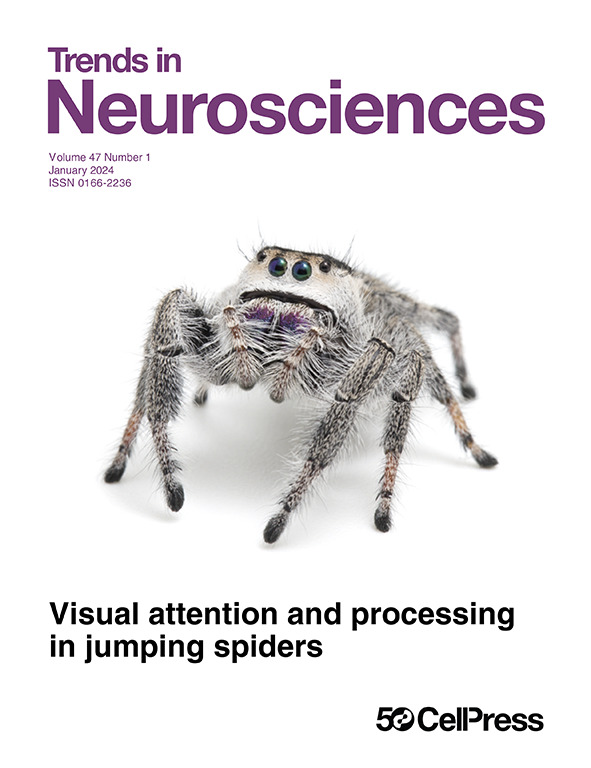利用神经元可塑性持续缓解DBS症状。
IF 15.1
1区 医学
Q1 NEUROSCIENCES
引用次数: 0
摘要
在最近的一项研究中,斯宾塞和他的同事们证明,帕金森病患者体内的白白球(GPi)的高频微模拟在抑制通路中诱导了长期增强(LTP)样效应,导致运动迟缓的短暂改善,这种改善可以持续到刺激停止之后。他们的研究结果强调了在深部脑刺激(DBS)中利用突触可塑性机制来优化治疗的潜力。本文章由计算机程序翻译,如有差异,请以英文原文为准。
Harnessing neuronal plasticity for sustained symptom relief with DBS.
In a recent study, Spencer and colleagues demonstrated that high-frequency microsimulation of the globus pallidus internus (GPi) in individuals with Parkinson's disease induces long-term potentiation (LTP)-like effects in the inhibitory pathways, leading to transient improvements in bradykinesia that can persist beyond stimulation cessation. Their results highlight the potential of leveraging synaptic plasticity mechanisms in deep brain stimulation (DBS) to optimize therapy.
求助全文
通过发布文献求助,成功后即可免费获取论文全文。
去求助
来源期刊

Trends in Neurosciences
医学-神经科学
CiteScore
26.50
自引率
1.30%
发文量
123
审稿时长
6-12 weeks
期刊介绍:
For over four decades, Trends in Neurosciences (TINS) has been a prominent source of inspiring reviews and commentaries across all disciplines of neuroscience. TINS is a monthly, peer-reviewed journal, and its articles are curated by the Editor and authored by leading researchers in their respective fields. The journal communicates exciting advances in brain research, serves as a voice for the global neuroscience community, and highlights the contribution of neuroscientific research to medicine and society.
 求助内容:
求助内容: 应助结果提醒方式:
应助结果提醒方式:


